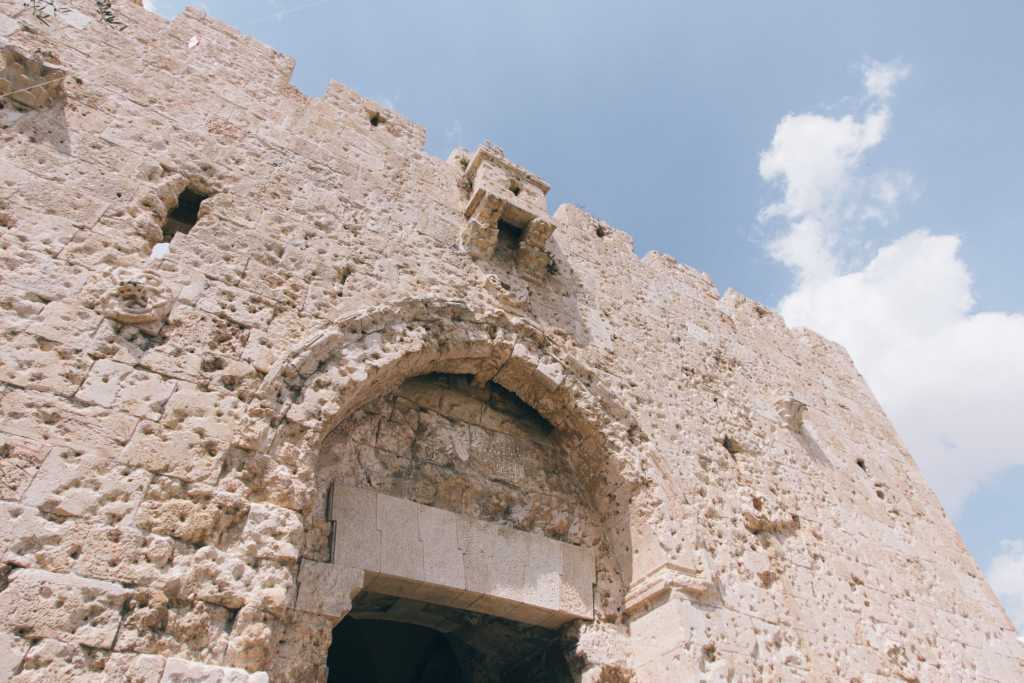Archaeologists excavating Mount Zion in Jerusalem have discovered evidence of the Babylonian conquest of the city, as accounted for in the Bible.
Researchers from the University of North Carolina retrieved ash deposits, arrowheads and broken pieces of pots and lamps at the site. But that wasn’t the most important item — they also uncovered an item of jewelry which was popular among the “elites.” This tiny detail, they say, confirms the Biblical narrative of Jerusalem’s wealth prior to the conquest in 587-586 BC.
The jewelry is a “clear indication of the wealth of the inhabitants of the city at the time of the siege,” Shimon Gibson, co-director of the university’s Mount Zion archaeological project, told CNN.
The Prophet Jeremiah prophesied about the impending attack:
“The Lord says, “People of Benjamin, run for safety!
Run away from Jerusalem!
Blow trumpets in the city of Tekoa!
Warn everyone in Beth Hakkerem!
Horrible trouble is coming from the north.
The Babylonians will destroy everything with awful power.” — Jeremiah 6:1.
The attack was recorded later, in Jeremiah 52, as well as 2 Kings. The assault was led by Babylonia King, Nebuchadnezzar.
“On the tenth day of the tenth month of the ninth year of Zedekiah’s reign, King Nebuchadnezzar of Babylon attacked Jerusalem with his entire army,” reads 2 Kings 25:1
For archaeologists, an ashen layer can mean a number of different things,” Gibson said in a statement, expanding on the team’s discovery.
“It could be ashy deposits removed from ovens; or it could be localized burning of garbage. However, in this case, the combination of an ashy layer full of artifacts, mixed with arrowheads, and a very special ornament indicates some kind of devastation and destruction. Nobody abandons golden jewelry and nobody has arrowheads in their domestic refuse.”
The arrowheads, in particular, are also a compelling piece of evidence to suggest that the Babylonians completed their conquest as documented in the Bible.
The arrowheads were “fairly commonplace” in battle sites from the 7th and 6th centuries BCE, and were often used by Babylonian warriors, according to Gibson.
“This evidence points to the historical conquest of the city by Babylon because the only major destruction we have in Jerusalem for this period is the conquest of 587/586 BCE,” he added, noting that the broken pieces of pottery that were discovered at the site was a “jumble that you would expect to find in a ruined household following a raid or battle.”
“It is very exciting to be able to excavate the material signature of any given historical event, and even more so regarding an important historical event such as the Babylonian siege of Jerusalem,” added Rafi Lewis, a co-director on the research team.
Incredible!



